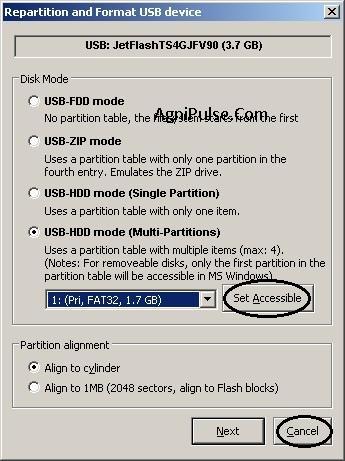

Generally, a common USB flash drive is larger than 2 GB. What is the allocation unit size for a 128gb USB? If you have lots of small files, then it’s a good idea to keep the allocation size small so your harddrive space won’t be wasted. Basically, the allocation unit size is the block size on your hard drive when it formats NTFS. If you are a “Standard User” by Microsoft’s definition, you should keep the default 4096 bytes. A full format is generally preferred over a quick format the latter is mostly used for its speed. Set the drive letter and file system on USB.Ī quick format allows you to overwrite any files on the drive, but it does not fully erase them with the right software, the old files could be recovered.Connect the USB drive or pen drive to your computer. How to restore USB drive back to full capacity

Then everything fits since not so much wasted space of each file. The simple solution is to reformat in exFAT with an allocation unit size of 128k or less. What allocation size should I use for exFAT? What is the allocation unit size for a 64GB USB?Īccording to Hitachi, the recommended cluster size for a 16GB FAT32 partition is 4KB, the recommended cluster size for a 64GB FAT32 partition is 16KB, the recommended cluster size for a 128GB FAT32 partition is 32KB and the recommended cluster size for a 256GB partition is 64KB. This covers many scenarios, especially when working with many small-sized files. If you are a standard Windows user then the proposed allocation unit size of 4096 bytes sounds good. Windows 10, by default, when choosing to format a USB flash drive, propose as the Allocation Unit Size the value of 4096 bytes. What allocation unit size should I use for flash drive?


 0 kommentar(er)
0 kommentar(er)
